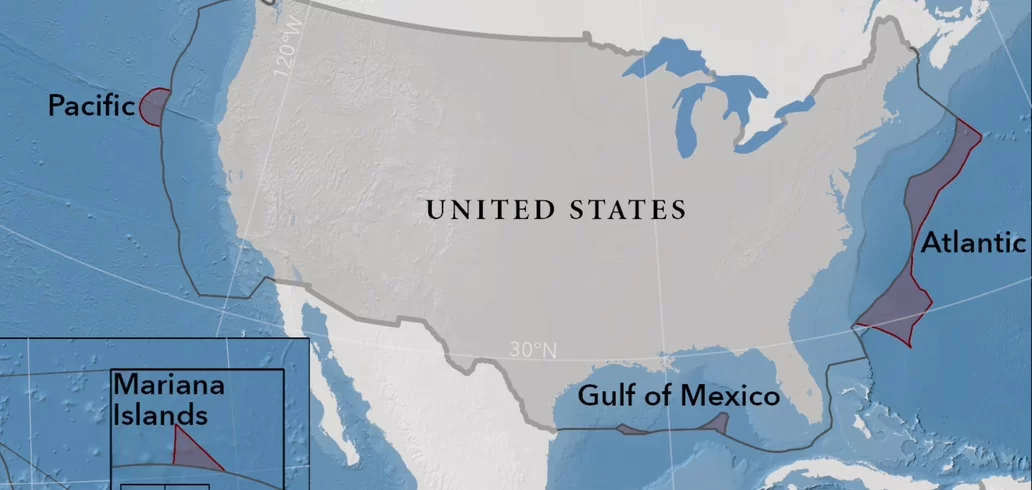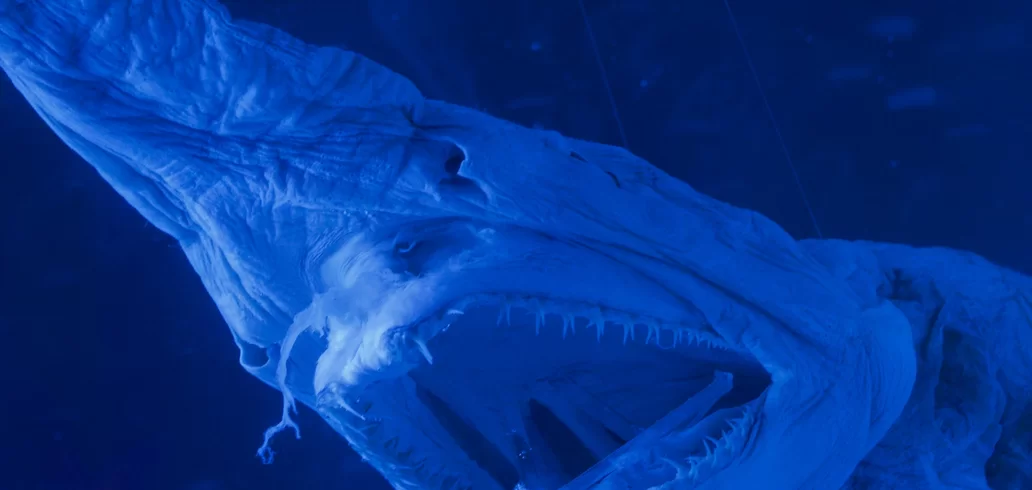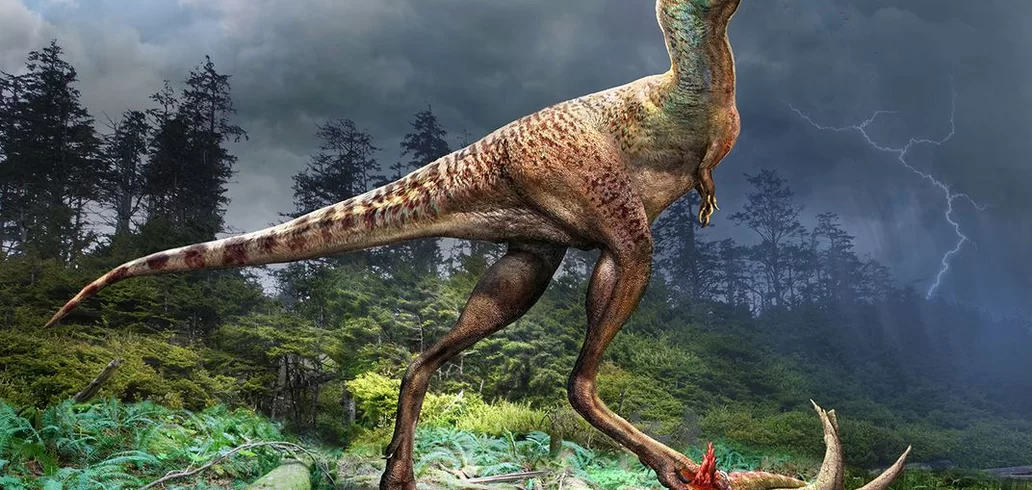Entertainment
New Emperor Penguin Colonies in Antarctica Spotted by Satellites
Advertisement
Growing challenges due to climate change
It’s true that climate change poses a growing challenge to wildlife in Antarctica and around the world. For emperor penguins, changes in sea ice conditions, rising temperatures and shifts in feeding patterns can have significant impacts on their survival and reproduction. Melting sea ice, for example, could reduce the penguins’ access to feeding grounds or increase their exposure to predators. In addition, climate change could also affect the availability of prey, such as krill, which is an important part of the emperor penguins’ diet.
Given these challenges, it is crucial that conservation efforts are stepped up to protect not only emperor penguins, but all Antarctic wildlife. This includes implementing policies to reduce greenhouse gas emissions, creating marine protected areas, and conducting research to better understand how climate change is affecting Antarctic ecosystems. These measures can help ensure a safer future for emperor penguins and other vulnerable species in the region.
Perspectives for conservation and adaptation
The prospects for conservation and adaptation of emperor penguins and other species in Antarctica depend on a comprehensive and collaborative approach. Here are some measures that can be considered to promote conservation and help species adapt to climate change:
1. **Continuous monitoring:** It is essential to continue monitoring populations of emperor penguins and other species, as well as changes in the Antarctic environment, to better understand how climate change is affecting these populations and the ecosystems in which they live.
2. **Habitat Protection:** Establishing marine protected areas and terrestrial protected areas in Antarctica can help preserve critical habitats for emperor penguins and other species. These areas can serve as refuges where species can breed and feed with less human interference.
3. **Reducing greenhouse gas emissions:** Reducing greenhouse gas emissions is critical to limiting global warming and mitigating the impacts of climate change in Antarctica and around the world. This requires implementing policies and practices that promote the transition to clean and sustainable energy sources.
4. **Research and innovation:** Investing in research and innovation can help develop adaptive solutions for Antarctic species. This could include developing technologies that help penguins find new food sources, conservation strategies based on climate models, and studies on the species’ ability to adapt to changing environments.
5. **Education and awareness:** Public education and awareness about the challenges facing Antarctic species and ecosystems are essential to mobilizing support for conservation. This includes educating people about the impacts of climate change on Antarctica and encouraging them to take action to reduce their ecological footprint.
With coordinated efforts and collective action, there is hope that Antarctic species, including emperor penguins, can adapt and survive in a rapidly changing world.





